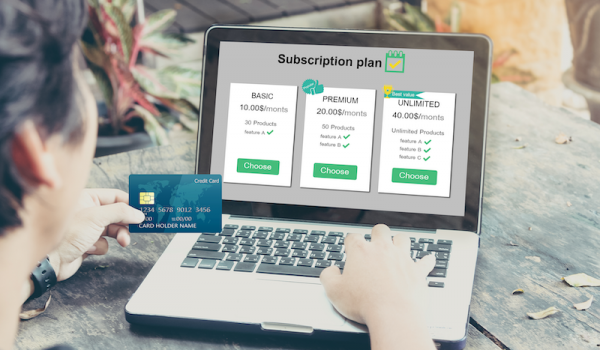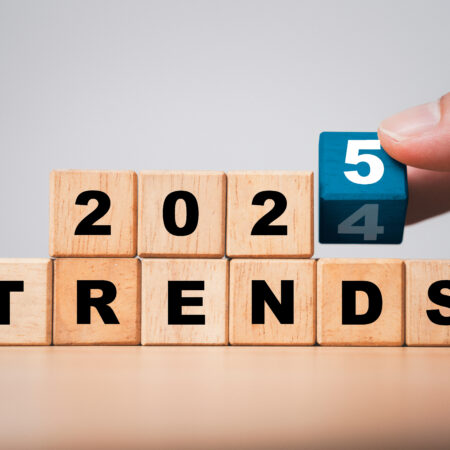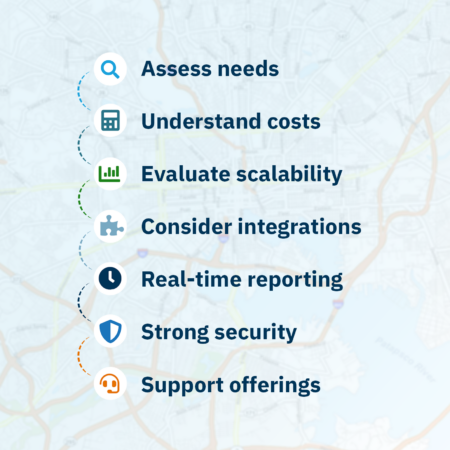
Whether you’re a start-up or an established company, when it comes to accounting software, a critical factor is always how much does it cost? In this article, we’ll go over the costs of accounting software and what goes into what you’ll ultimately pay when you purchase a system.
Is free accounting software viable?
Free accounting software sounds great, right? Certainly affordable. The reality is that free accounting solutions will probably help you get started but probably won’t be viable for you or your company in the long run. When a business grows, the accounting and the demands of financial management also increase. Besides managing more debits and credits, your accounting will become more complex. This is when you need more flexibility, functionality, and capacity out of an accounting tool.
Many free solutions are basic, offering little opportunity to customize processes and lack the breadth of paid solutions. Additionally, they lack intense security features such as internal controls. Often a solution will be free at first, but in order to secure more functionality, you’ll have to pay a subscription or fee. So either way, you’ll need to invest in higher-level accounting tech as your operation expands. Even after buying the upgrades, you may not get all the functionality you need. Besides potentially not having features you require, many applications lack in-depth customization options. So you’ll be left moving from one solution to another, which is costly in itself.
Accounting Technology Buyers Guide
What Factors Dictate How Much Accounting IT Costs
There are several factors that will determine the overall cost of your accounting solution. Some pricing elements are straightforward and easy to discern, but there are hidden costs. The ultimate deciding factor though is whether the money you put into a new accounting solution will pay off. Will the solution satisfy your needs at the moment while also growing with you? Let’s take a look at what contributes to your final cost in accounting software.
Subscription and Licensing
These are the two simplest costs associated with accounting tech. For most subscriptions, you have the option to pay annually, quarterly, or monthly for access to the technology and the ability to store your data.
Licensing refers to the costs per user to have access to the application. For example, you’ll have an overall subscription fee, but you’ll also need to purchase licenses for individual staff access. Both the subscription and licenses are upfront costs and generally straightforward. You can always add or remove licenses, too.
Integration
More business means growth. Additionally, this means besides more accounting, you’ll be using more business IT tools. In order to maintain smooth workflow and accurate reporting, you’ll want to establish IT integration with your tools to facilitate smooth data flow. This will also save you time and costs. Who wants to re-enter accounting details? Software integration lets you streamline all your accounting data and processes. It’s also where the true hidden costs of cloud software lies.
In addition to the accounting solution itself, the way you integrate the solution to others will impact your costs. Depending on the integration type, you will be paying for labor to develop and maintain the connection. You must establish the connections to the appropriate applications and then manage and upgrade it based on the integration type. Here are the two main types of integration:
Multi-Platform IT Integration
Traditional, multi-platform IT integration costs involve the use of middleware which establishes the connection and IT labor. This labor includes IT consulting and the process of creating, deploying, and maintaining the integration. Integrations between siloed applications (software not originally designed to work together) usually require systematic maintenance. This of course will add to the accounting software costs throughout the lifecycle. If the integration isn’t robust, data errors, delays, and dysfunctions can occur, which will require professional help. These integration costs can be avoided if you choose an accounting solution on a shared business platform.
Single-Platform Integration
Software built on a shared platform like Salesforce, are designed to automatically link data within the system. These applications use single-platform integrations to connect the various software. Using shared IT architecture and API, these systems are designed to speak and work together instead of relying on multi-directional actions to share data. If you consolidate your business apps and accounting software solution on a single platform, you eliminate the need for traditional integration all together. It’s already there. This cost goes away and your accounting data is stronger, streamlined, and more accurate.
If it isn’t possible to avoid traditional integrations, make sure that you carefully define the requirements, triggers, data entry points, and design patterns to secure the desired functionality. Choosing an accounting system with a flexible, reliable API pays off with a stronger connection that will cost less to maintain.
IT Labor Costs
IT labor costs are both internal and external, involving time and money. Internally, this reflects your in-house staff implementing and adapting to the new tech. Externally, this involves outside IT professionals helping you implement the product. These external resources include the software company providing product assistance, their implementation specialists, and or independent IT professionals you bring onto the process. This also includes labor associated with creating and managing integrations you need.
How to Calculate The Total Cost of Your Accounting Solution?
Remember, the total cost of your accounting solution doesn’t end at the software subscription. Here’s a formula to help:
Accounting System Subscription + Licensing Costs + IT Integration + IT Labor = Total Cost
Realistically, you’ll encounter a range of different prices depending on which products you explore. These factors will be present past the price tag, so just remember, that initial subscription fee will likely change. Ask software providers about these costs and get estimates to form a budget upfront. Past the costs though, your biggest gain will be flexibility and a reliable accounting solution that will scale with your organization. Treat your accounting software as an investment, because it is. Be sure to vet your options by looking at product features, customer stories, and of course, product reviews. G2 is a great resource for intensive product breakdowns and user feedback.
Remember, the least expensive option might not always be the best option. Choosing a solution that is inflexible will likely force you to upgrade to a new one and repeat the buying process a few years later.
For an in-depth breakdown of critical accounting system features and cost considerations, check out our free Buyer’s Guide.
See Accounting Seed in action
Get a close-up view of how accounting on Salesforce can eliminate the need for costly integrations—and silos of mismatched information—by sharing the same database as your CRM.



